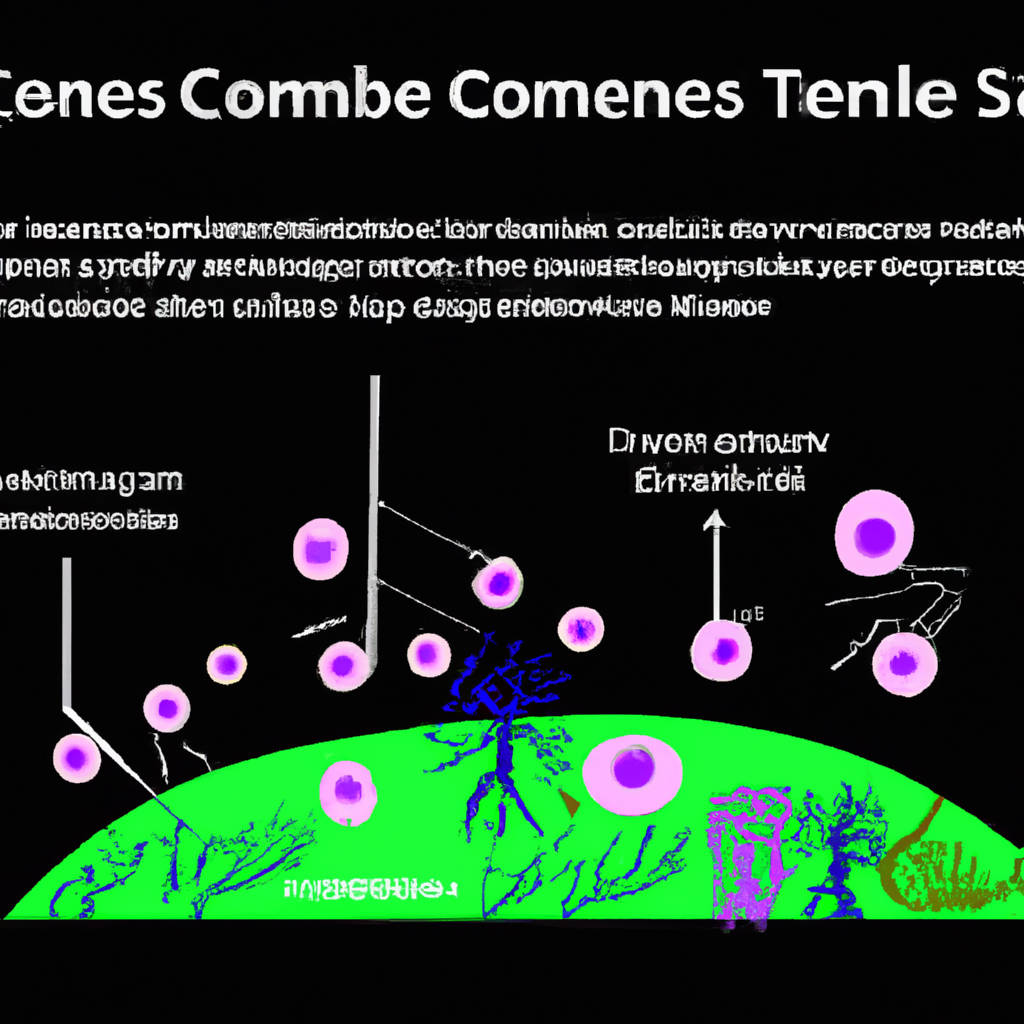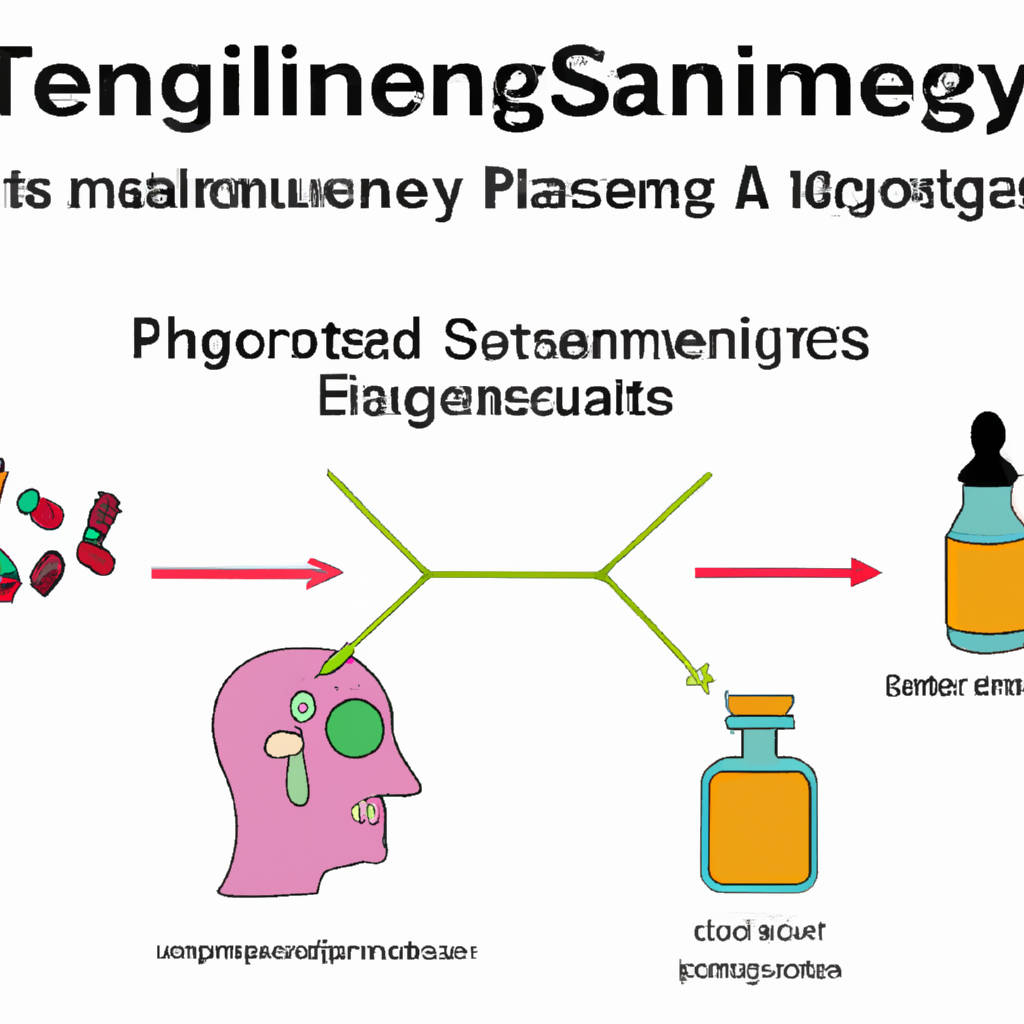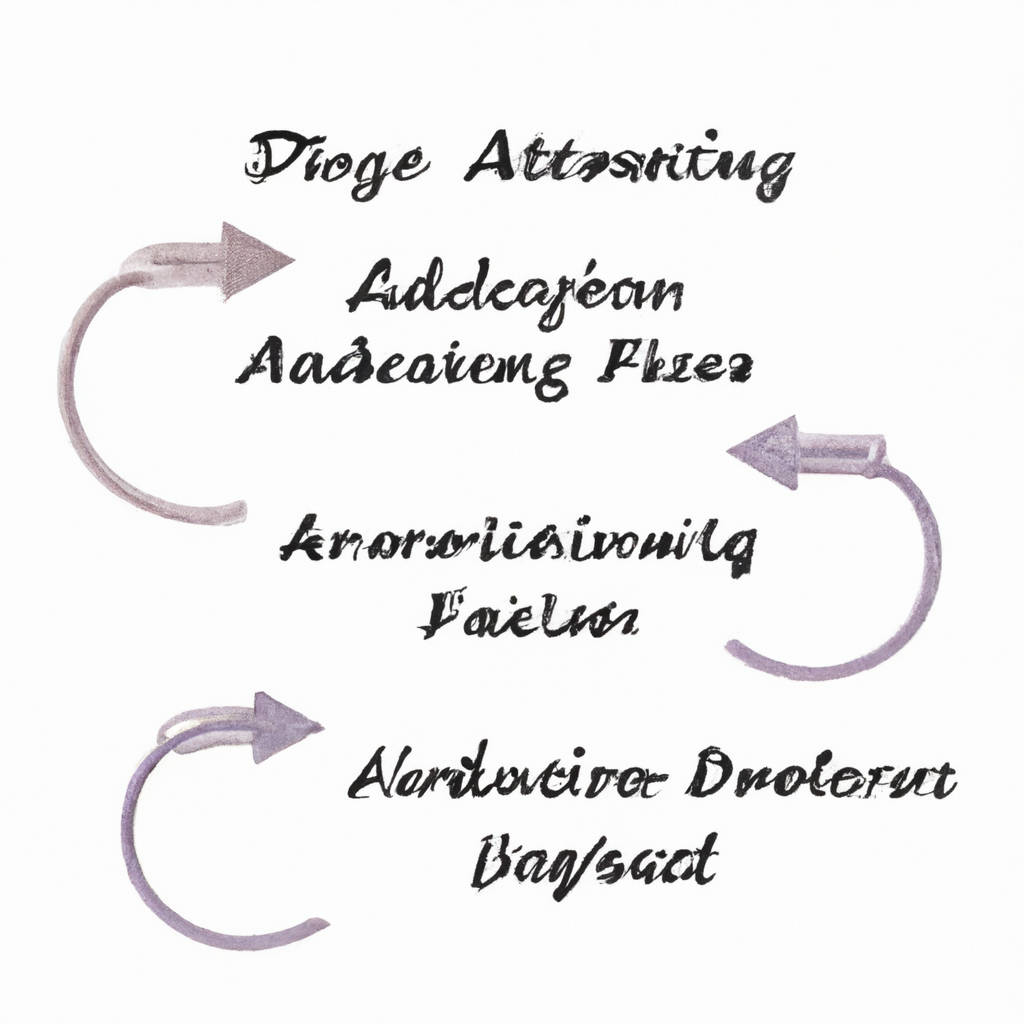Senescent cells, often referred to as “zombie” cells, are a fascinating area of study in the field of biology. These cells are essentially damaged or dysfunctional cells that have stopped dividing but have not died. While this may seem like a beneficial process for the body, as it prevents the replication of damaged DNA, senescent cells can actually have detrimental effects on overall health.
As these cells accumulate in tissues over time, they can contribute to inflammation, tissue damage, and the development of age-related diseases such as cancer, heart disease, and neurodegenerative disorders. Understanding the biology of senescent cells is crucial in developing interventions to target and eliminate these cells, thereby potentially slowing down the aging process and improving overall health and longevity.
Researchers are exploring various approaches to target senescent cells, including senolytic drugs that selectively kill these cells, as well as lifestyle interventions such as exercise and dietary changes that may help to reduce the accumulation of senescent cells in the body. By gaining a better understanding of the biology of senescent cells and developing targeted interventions to eliminate them, we may be able to improve healthspan and quality of life as we age.

Targeting Senescence: Strategies to Eliminate Aging Cells
Targeting senescence, or the process of cell aging, has become a focus of research in the field of aging and longevity. As we age, our cells accumulate damage and stop dividing, leading to a build-up of senescent cells in our tissues. These senescent cells secrete inflammatory molecules that can contribute to age-related diseases such as cancer, heart disease, and neurodegenerative disorders.
Researchers are now exploring strategies to eliminate these aging cells in order to promote healthy aging and extend lifespan. One approach is to use senolytics, which are drugs that selectively kill senescent cells. These drugs target specific pathways that are activated in senescent cells, such as the PI3K/Akt pathway or the p53 pathway, to induce cell death. Another strategy is to boost the immune system’s ability to recognize and eliminate senescent cells through the use of immunotherapies.
By targeting senescence and removing aging cells from our bodies, researchers hope to slow down the aging process and prevent age-related diseases. While still in the early stages of development, these strategies show promise for improving healthspan and extending lifespan in the future. By targeting senescence and eliminating aging cells, researchers are paving the way for a healthier and longer life for all.
Pharmacological Interventions: Senolytics and Their Potential to Combat Aging
Pharmacological interventions, specifically senolytics, have emerged as a promising strategy in combating aging. Senolytics are a class of drugs that target and eliminate senescent cells, which are cells that have stopped dividing and accumulate in tissues as we age. These cells release pro-inflammatory molecules and contribute to the development of age-related diseases. By targeting and clearing senescent cells, senolytics have the potential to rejuvenate tissues and improve overall health in aging individuals.
Research in animal models has shown that senolytics can extend lifespan, improve physical function, and delay the onset of age-related diseases. Additionally, human clinical trials are underway to investigate the potential of senolytics in treating conditions such as osteoarthritis, chronic kidney disease, and Alzheimer’s disease. While the field of senolytics is still in its early stages, the results so far are promising, and there is growing interest in developing new and more effective senolytic drugs.
The ability to target and remove senescent cells may offer a new approach to combating aging and promoting healthy aging in the population. As research in this area continues to advance, it is important to consider the potential benefits and risks of senolytics in order to fully understand their impact on aging and age-related diseases. Overall, senolytics represent a promising avenue for intervention in aging and have the potential to revolutionize the way we approach and treat age-related conditions.

Natural Approaches: Lifestyle Changes and Dietary Factors
Natural approaches to health and wellness often focus on lifestyle changes and dietary factors as key components to achieving optimal physical and mental well-being. By making simple adjustments to one’s daily habits, such as incorporating regular exercise, adequate sleep, and stress management techniques, individuals can significantly improve their overall health. In addition, paying attention to dietary factors plays a crucial role in maintaining a balanced and nutritious diet.
This includes consuming a variety of whole foods, such as fruits, vegetables, whole grains, and lean proteins, while limiting processed and sugary foods. By prioritizing whole, nutrient-dense foods, individuals can support their immune system, reduce inflammation, and promote healthy digestion. Furthermore, staying hydrated and avoiding excessive alcohol and caffeine intake are important factors in supporting overall health.
By taking a holistic approach to health and wellness that focuses on lifestyle changes and dietary factors, individuals can experience increased energy levels, improved mood, and a stronger immune system. It is important to remember that small changes can lead to significant improvements in one’s overall well-being, and by prioritizing natural approaches to health, individuals can empower themselves to take control of their health and live their best lives.
Challenges and Future Directions in Anti-Aging Therapies
As the field of anti-aging therapies continues to grow and evolve, researchers are faced with a number of challenges that must be addressed in order to develop effective treatments for aging-related conditions. One of the main challenges is the complexity of the aging process itself, which is influenced by a wide range of genetic, environmental, and lifestyle factors. This complexity makes it difficult to pinpoint specific targets for anti-aging interventions, and researchers must work diligently to identify the underlying mechanisms that contribute to aging in order to develop targeted therapies.
Another challenge in the field of anti-aging therapies is the lack of standardized measures for assessing the effectiveness of potential treatments. Without reliable biomarkers or outcome measures, it can be difficult to determine whether a particular therapy is truly slowing down the aging process or simply masking its effects. Developing standardized measures for evaluating anti-aging therapies will be crucial for advancing the field and ensuring that promising treatments are properly vetted before being brought to market.
Looking towards the future, one of the key directions for anti-aging therapies is the development of personalized treatments that take into account the unique genetic and environmental factors that contribute to an individual’s aging process. By tailoring treatments to each person’s specific needs and risk factors, researchers may be able to achieve more targeted and effective results in the fight against aging-related conditions. Additionally, advances in technologies such as gene editing and stem cell therapy hold promise for revolutionizing the field of anti-aging treatments, offering new avenues for interventions that could potentially slow down or even reverse the aging process.
In conclusion, while there are certainly challenges facing the field of anti-aging therapies, there is also great potential for future advancements that could transform the way we approach aging-related conditions. By addressing the complexities of the aging process, developing standardized measures for evaluating treatments, and exploring personalized and innovative therapies, researchers are paving the way for a future where aging may no longer be synonymous with decline and disease.

Conclusion
In conclusion, it is important to consider the consequences of our actions and decisions. We must always remember that our choices have an impact not only on ourselves, but also on those around us. It is essential to weigh the potential outcomes of our actions and make decisions that align with our values and beliefs. While it may be tempting to take shortcuts or make decisions that benefit us in the short term, it is crucial to think about the long-term effects of our choices.
By being mindful and thoughtful in our decision-making process, we can strive to create a positive and meaningful impact on the world around us. It is through reflection and introspection that we can truly understand the impact of our choices and work towards creating a better future for ourselves and those around us. In conclusion, let us always strive to make decisions that align with our principles and values, and consider the broader implications of our actions. By doing so, we can contribute to a more just and equitable society for all.
